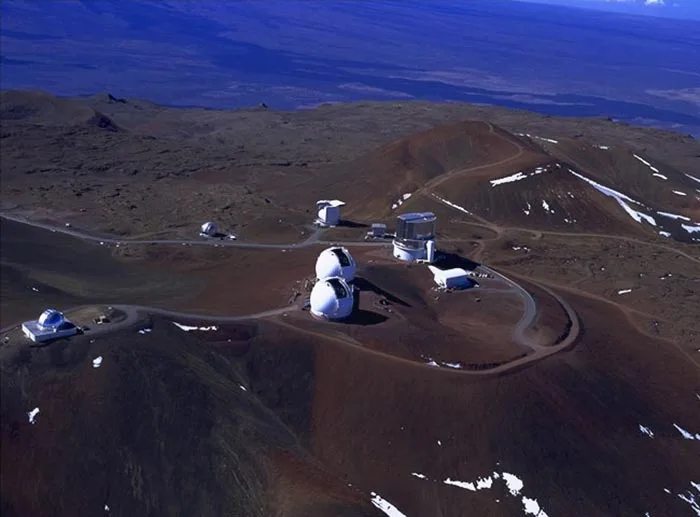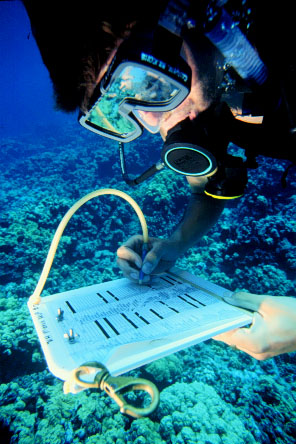Scientific Research in Hawaii

Many of the things that make Hawaii so amazing to visit and live here are also the things that make it an ideal location for scientific research. From the deep sea to the heavens and everything in between, groundbreaking science is being done across the islands. Here are some Hawaii research institutions that are making major contributions to science that are having a global impact.
The University of Hawaii Cancer Center recently enjoyed a $109 million expansion, which helped it secure funding from the National Cancer Institute and earn the distinction as one of only 68 NCI accredited consortium cancer centers in the United States. The UHCC is comprised of five core programs, with dozens of research projects and studies underway across the state. Hawaii’s proximity to Asia make this an ideal place for doctors and researchers from the East and West to work together.
The Astronomical Observatories of Mauna Kea on the Big Island are home to some of the most groundbreaking astronomical research in the world. Because of the altitude and low amount of light pollution, Mauna Kea is the ideal spot for astronomy. There are currently 12 observatories at the summit. Plans are underway for the Thirty Meter Telescope, which when constructed will be the most powerful optical telescope on Earth.
The Pacific Tsunami Warning Center is using science to keep populations around the Pacific safe from tsunamis. With an array of sensors located throughout Pacific waters, the PTWC monitors sea levels, and is able to assess the risk of a tsunami immediately following an earthquake anywhere in the Pacific and beyond. With minutes and seconds being the difference between life and death during a tsunami, the PTWC has developed technology that has the potential to save thousands of lives.
Also at the University of Hawaii is the School of Ocean and Earth Science and Technology (SOEST), which conducts research in the ocean depths and the Earth’s interior. For example, recent research at SOEST took a look at 25 separate volcanic eruptions that have taken place at Kilauea on Hawaii Island over the last 600 years. And a recent expedition to the Northwest Hawaiian Islands, now known as the Papahanaumokuakea (whew!) National Marine Reserve mapped over 15,000 square miles of previously unmapped or poorly mapped ocean floor. SOEST research led to the area’s designation as a World Heritage Site.
In addition to these major research institutions, there are dozens of other smaller organizations conducting important research in agriculture and alternative energy, among other subjects with global implications. The federal government awards an average of $200 million in research grants each year. The many millions more spent privately on research and development each year make science one of Hawaii’s most important industries.
